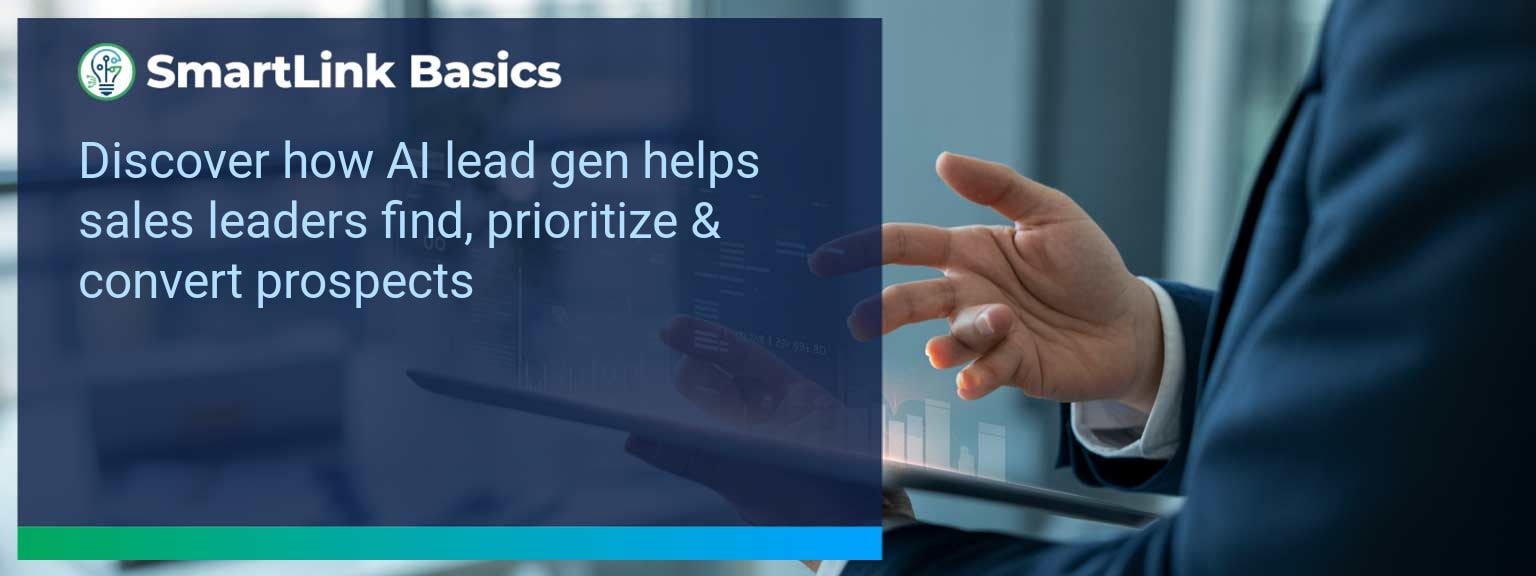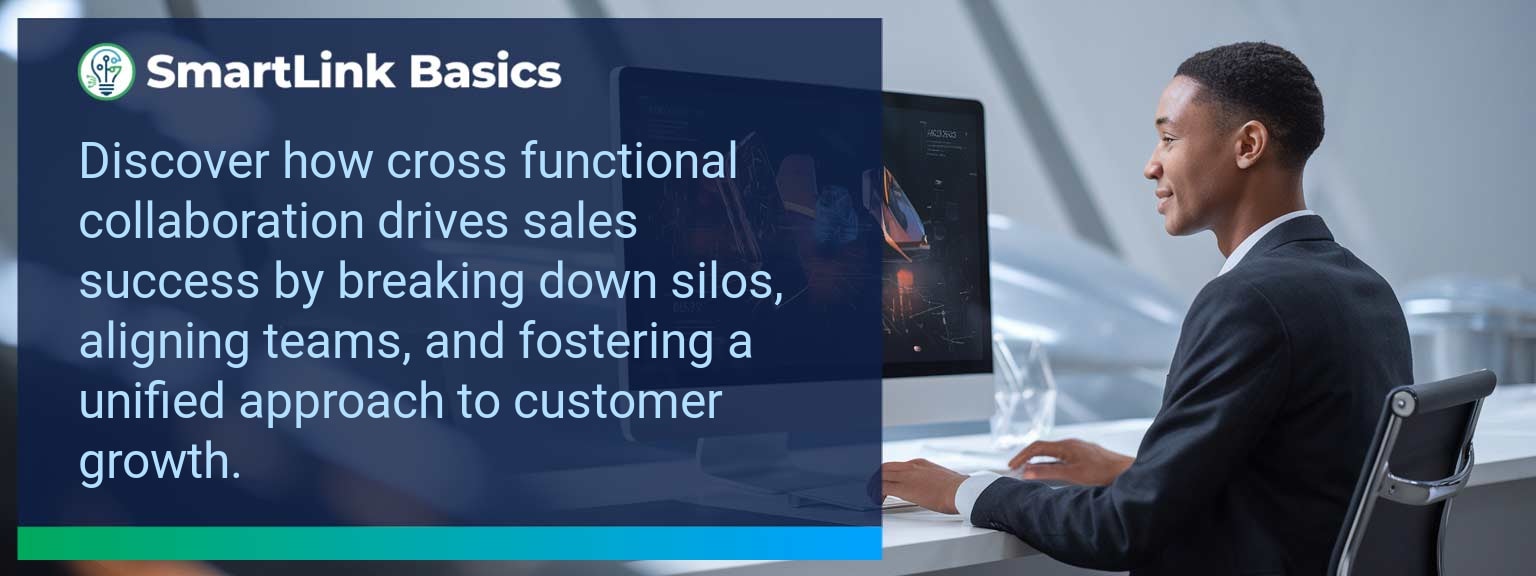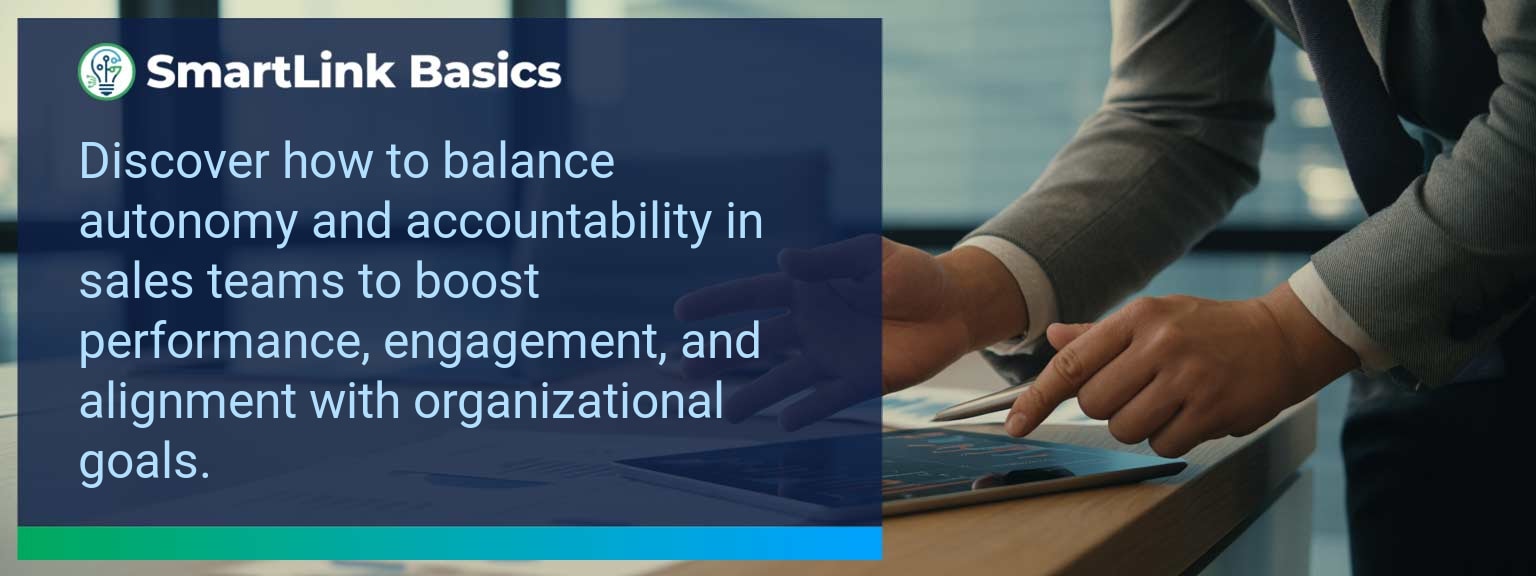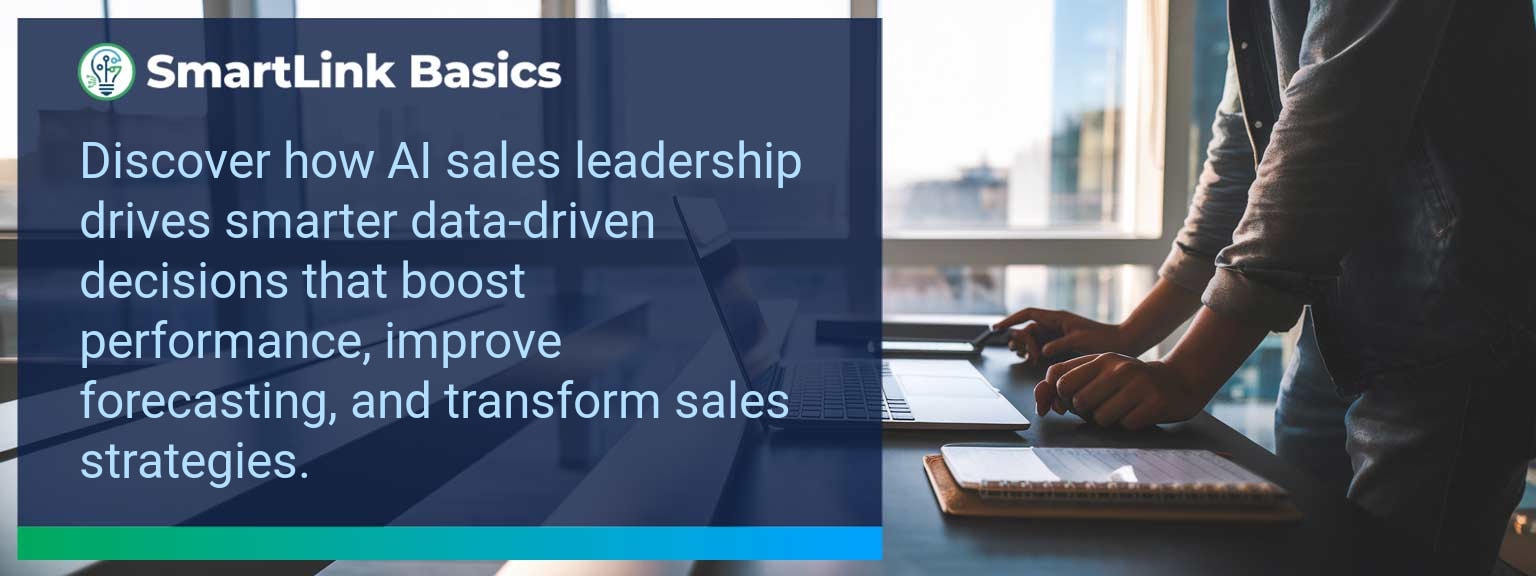Industry data shows that organizations adopting AI-driven automation achieve cost reductions of up to 30% while accelerating sales cycles by 20% or more (McKinsey, 2024). For sales leaders, AI automated workflows now define competitive advantage, enabling teams to reallocate time from repetitive tasks to high-value engagements. At SmartLink Basics, we help decision-makers implement these systems strategically, ensuring they integrate with existing revenue operations. In this article, you’ll see how AI automated workflows power business outcomes, the common obstacles that slow adoption, and practical steps to optimize processes. You’ll walk away with proven examples, a 90-day action blueprint, and measurable KPIs to track results.
- Automate repetitive administrative and CRM updates with AI.
- Integrate machine learning to personalize outreach at scale.
- Streamline approvals, quotes, and contract workflows for speed.
- Use predictive analytics to prioritize sales opportunities.
- Track adoption and performance with targeted metrics.
AI Automated Workflows: What Changed and Why It Matters
AI adoption has shifted from experimental to operational, making automated workflows a standard in high-performing sales organizations. The real advantage lies in combining workflow automation with artificial intelligence workflows to optimize every step of the revenue process. Sales leaders now use AI to synchronize touchpoints, reduce manual inputs, and ensure faster execution. For example, a B2B SaaS leader introduced automated lead enrichment and routing, cutting qualification time by 60%. Actionable insight: Audit processes for time-intensive handoffs and apply AI where repeatability is high.Redesign the Revenue Operating System With AI Automated Workflows
ICP, Segmentation, and Targeting AI-enabled segmentation uses historical wins, firmographic, and behavioral data to dynamically update ICP profiles. This ensures targeting precision without quarterly re-work. Pipeline Architecture Automated workflows push opportunities through the right stages based on engagement signals. AI flags at-risk deals for intervention. Plays and Messaging Integrated automation tools deliver personalized sequences based on buyer activity, increasing relevance at every touchpoint. Operating Cadence AI schedules follow-ups, forecast calls, and account reviews based on actual pipeline movement rather than static calendars. Actionable insight: Implement automation that adapts in real-time to both internal and buyer-driven events.Common Obstacles To Achieving Seamless Automation
The most frequent challenges are fragmented systems, inconsistent data quality, and cultural resistance. Without a unified data layer, automation amplifies errors rather than solving them. Coca-Cola Europacific Partners reported needing a full data governance upgrade before AI could improve sales workflows. Leaders must first assess infrastructure readiness and train teams to trust AI-influenced recommendations. Actionable insight: Before deployment, establish clean data practices and a single source of truth.Implementing AI To Optimize Workflows
Effective deployment of AI process optimization starts with mapping current-state processes, identifying friction points, and matching them with automation tools. For example, automating proposal generation based on CRM opportunity data can reduce turnaround from three days to one hour. Solutions combining business process automation platforms with machine learning integration enable continuous performance improvement. Actionable insight: Pilot in one high-impact stage, measure, and then expand.Tangible Benefits From Automated Processes
The benefits extend beyond time savings — sales leaders gain a scalable system. Tangible outcomes include faster quote-to-close, higher lead conversion, and better forecast accuracy. A manufacturing firm implemented AI-assisted order processing and cut errors by 40%, improving on-time delivery rates. Actionable insight: Track both speed and accuracy to measure workflow automation effectiveness.Metrics That Matter
| Category | Metric | Definition | Target |
|---|---|---|---|
| Leading | Workflow Completion Rate | % of automated sequences executed without manual intervention | 95%+ |
| Leading | AI Suggestion Adoption Rate | % of AI-generated action recommendations executed by reps | 80%+ |
| Lagging | Cycle Time Reduction | Decrease in time from lead entry to closed-won | 20%+ |
| Lagging | Revenue Per Rep | Average sales revenue generated per sales rep per quarter | +15% YoY |
| Quality | Automation Error Rate | % of workflows that trigger incorrect outcomes | <1% |
| Quality | Customer Satisfaction Post-Automation | Average CSAT score after automation implementation | ≥ 4.5/5 |
Innovations And Next Steps For AI Automation
Emerging capabilities like AI-generated playbooks, intent-driven dynamic routing, and integrated AR for virtual product demos are shaping the next wave of sales automation. Companies integrating these tools early will outpace competitors in speed and personalization. Actionable insight: Stay ahead by testing emerging automation features quarterly and aligning them with evolving buyer expectations.Get the 90-day plan, coaching rubric, and dashboard template to operationalize AI in your enablement program.
Turning AI Automation Into a Revenue Multiplier
AI automated workflows are now a strategic lever for predictable, scalable growth. This guide outlined current applications, adoption challenges, a 90-day execution plan, and measurable success criteria. To make automation pay off, sales leaders should integrate tools into one cohesive operating system and review results monthly for continuous improvement. Access more AI-driven sales enablement resources from SmartLink Basics to design a high-performance automation strategy. In most B2B organizations, less than 20% of prospects drive over 80% of revenue. The ability to accurately identify and prioritize these high-value accounts is what separates high-performing sales teams from the rest. At SmartLink Basics, we see that effective sales leadership requires more than motivation—it demands structured decision-making, disciplined focus, and clear alignment of effort to the accounts that matter most. This article provides a step-by-step framework to apply the 80/20 rule to sales prospecting, so leaders can direct resources toward opportunities with the highest return. You will learn how to define your ideal customer profile, structure your pipeline for impact, and measure performance so the right deals receive the right attention at the right time.- Apply the 80/20 rule to isolate accounts contributing the most revenue potential.
- Define a clear ideal customer profile to target high-value prospects.
- Adjust your pipeline architecture to focus team effort on priority accounts.
- Implement consistent operating cadence to maintain accountability.
- Track both leading and lagging metrics for sustainable growth.
Identifying The Value In A Crowded Market
Sales leadership strategies in competitive markets must begin with precise targeting. The sheer volume of available data can be misleading unless filtered through a disciplined qualification process. The most effective sales leaders segment their markets into tiers based on profitability, strategic alignment, and potential lifetime value. For example, a SaaS provider analyzing its client base may find the top 15% of customers produce half of total recurring revenue. This insight shifts territory planning, messaging, and resource allocation. The goal is to trim wasted effort on low-value pursuits while doubling down on accounts that match the ideal customer profile. The key takeaway: Without accurate prioritization, energy is diluted, and the revenue curve flattens, no matter how skilled the sales force.Applying Proven Methods For Prospect Focus
High-value prospecting requires structure, not guesswork. Implementing effective sales leadership means building systems that make focus a habit. Four foundational components drive this approach: ICP, Segmentation, and Targeting Define the non-negotiables for fit. Look at historical data to clarify which attributes signal long-term profitability. Pipeline Architecture Structure the pipeline so that high-value opportunities receive tiered attention—dedicated account managers, more discovery sessions, and deeper engagement plans. Plays and Messaging Craft outreach that speaks directly to the strategic and economic priorities of top-tier accounts, not generic market language. Operating Cadence Hold the team to a rhythm of reviews, strategy adjustments, and stage-by-stage inspection of priority accounts to prevent leakage in the funnel. This level of design ensures that sales growth tactics align resources with actual revenue potential.Tracking Measurable Gains And Team Success
Leadership in sales is not about volume metrics alone. For any high-value strategy to work, leaders must track the signals that show the team is not only busy but effective. Leading indicators such as conversion rates within top-tier accounts predict outcomes before quarter close. Lagging indicators such as total revenue generated confirm strategy alignment. Quality measures, including account satisfaction and expansion rate, ensure profitability is sustained. Teams that evaluate all three dimensions—leading, lagging, and qualitative—develop resilience and agility in pursuing high-value clients.| Category | Metric | Definition | Target |
|---|---|---|---|
| Leading | Priority Conversion Rate | % of high-value prospects moving to next stage | >40% |
| Lagging | Revenue from Tier 1 Accounts | Total closed-won revenue from top ICP accounts | 70%+ of total |
| Quality | Account Satisfaction | Customer health score in high-value segment | >90% |
Scaling The Approach For Ongoing Growth
Once the system for targeting and closing high-value prospects is proven, effective sales leadership focuses on scaling without losing precision. This may include replicating the operating cadence across new teams, applying predictive analytics to refine targeting, or integrating advanced account-based marketing techniques. A manufacturing firm that piloted its 80/20 targeting model with one division can apply the same framework company-wide, improving capacity allocation and pipeline quality across the board. The essence of scaling is repeatable success through disciplined execution.Get the 90-day plan, coaching rubric, and dashboard template to operationalize AI in your enablement program.









